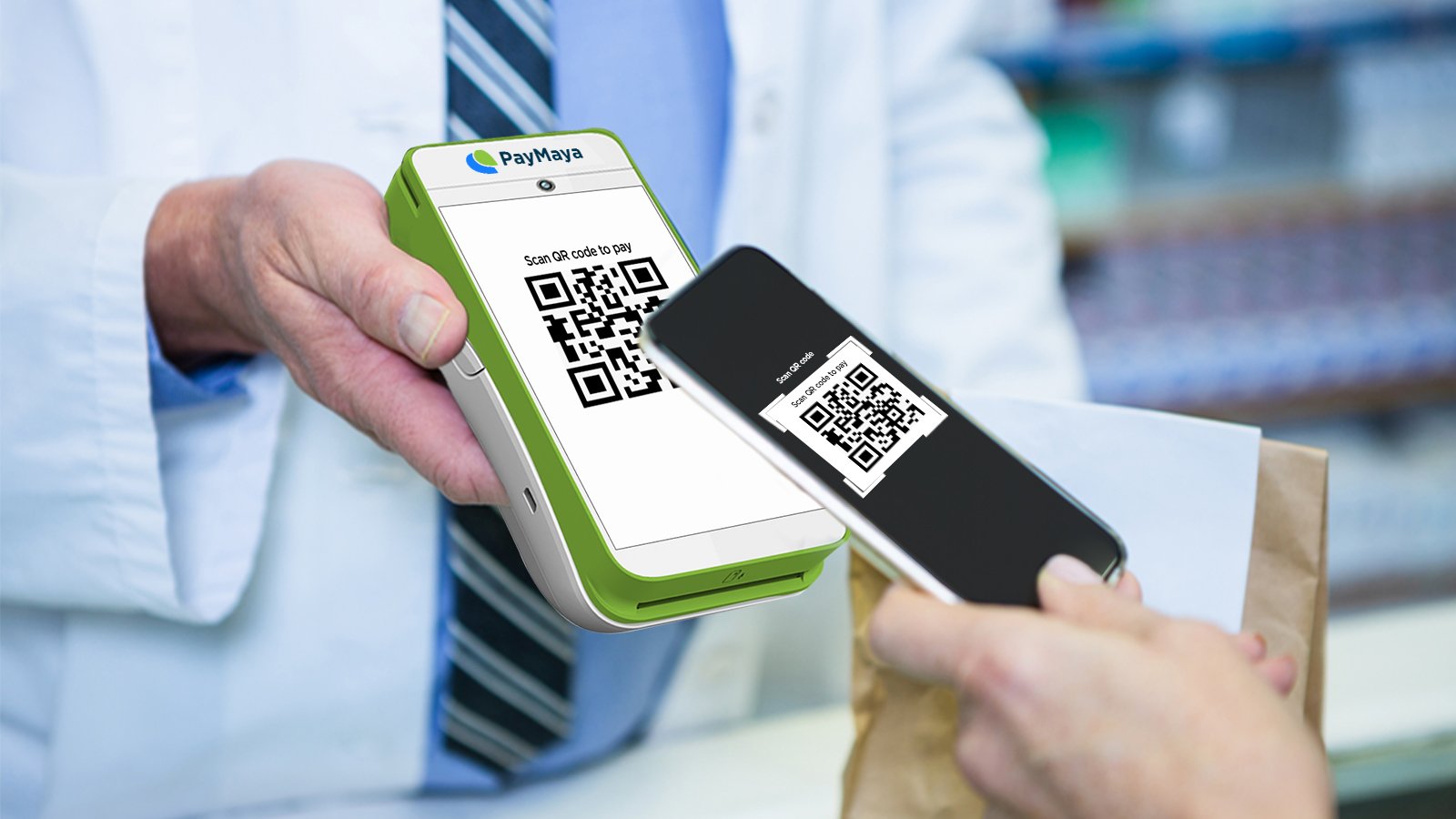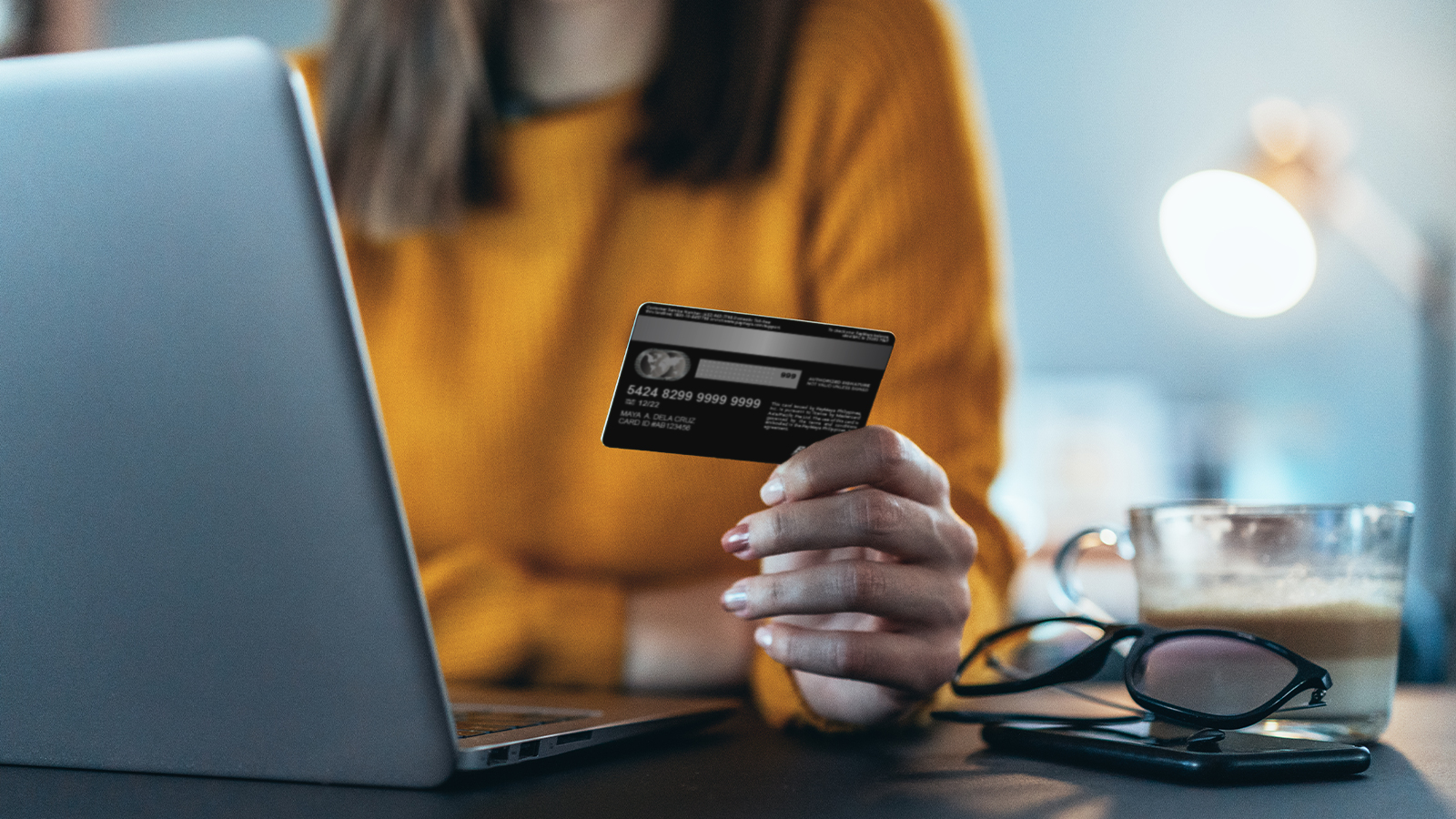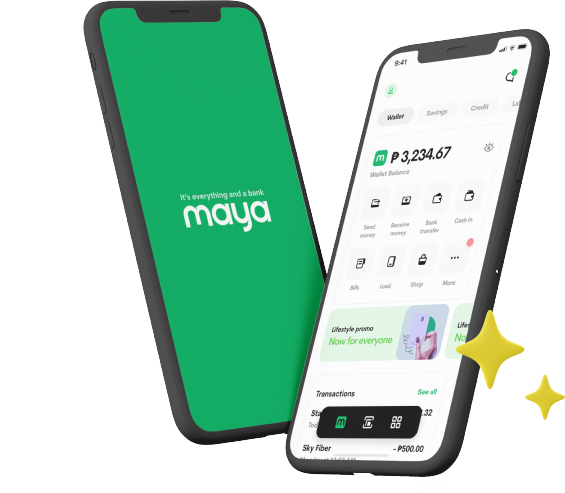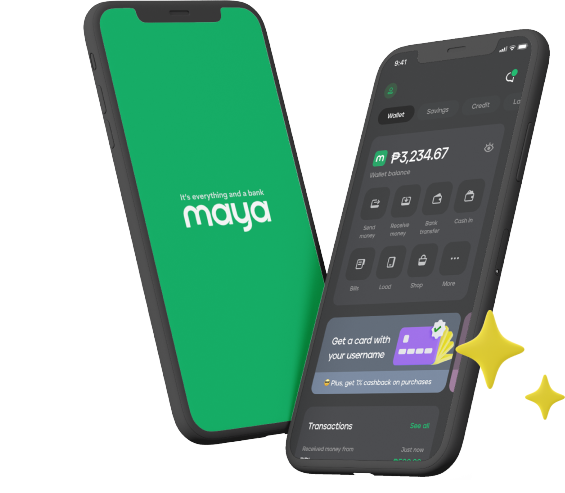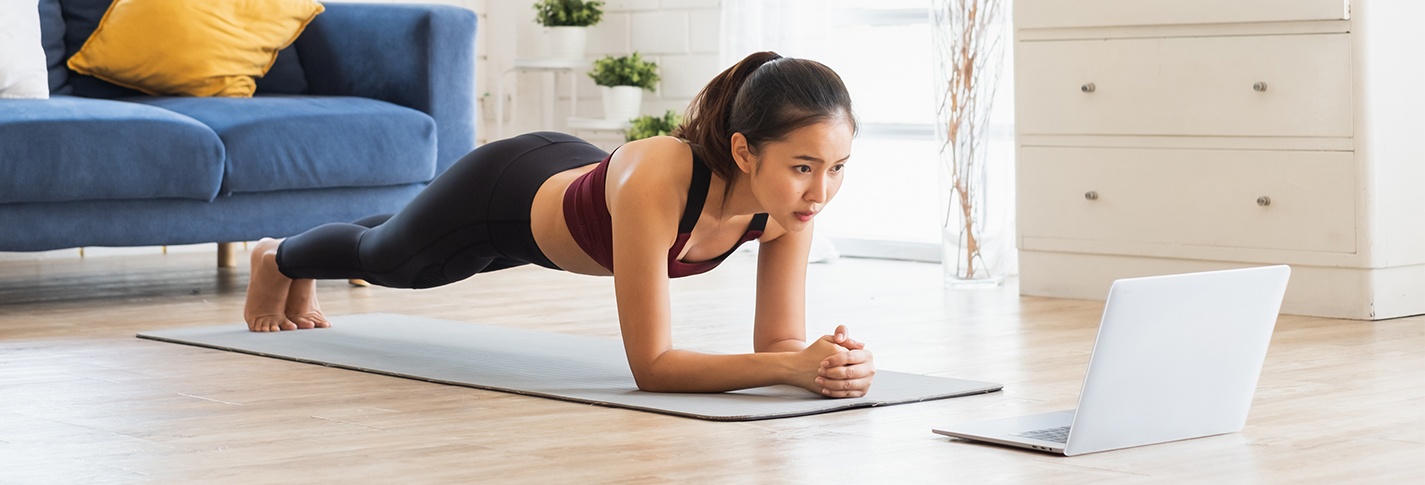
Being able to lose the pounds while setting aside extra cash is a goal many of us would likely want to achieve. After all, scoring big when it comes to both your fitness and your finances is a hit-two-birds-with-a-stone scenario that will not only positively impact your health and confidence but will also make you more financially secure in the future.
The key thing to do here is to consistently keep at your goal of maintaining a proper weight and saving money at the same time. Understanding that physical and financial health is a way of life more than a temporary preoccupation is important if you want your efforts to bear fruits. After all, you can’t really out-exercise bad eating habits, much like you can’t out-save bad spending habits. As such, make it your goal to maintain a healthy weight and to save money for life. In this short guide, we’ll give you a few tips to help you get started.
Always Ask for Water Instead of Buying Sugary Beverages
When dining out, always opt for a glass of water instead of buying expensive sugary concoctions that will not only cause spikes in your blood sugar levels but will also likely cause you to gain weight over time. Not only is water typically given for free at restaurants, but it is also calorie-free and essential to maintaining hydration. Your cells use water to regulate the temperature in your body while also supporting a wide range of physiological functions. It’s also something that your body needs consistently, so you don’t have to worry about drinking too much of it. Moreover, consuming water on a regular basis can also help you feel full for much longer, preventing you from eating snacks when you shouldn’t be.
Eat Slowly and Don’t Come Back for Seconds
Want a simple tip to lose weight and save money at the same time? Simple. Just don’t come back for seconds. Instead, enjoy your meal thoroughly, and make sure to savor every bite of it. It truly takes time for your gut to tell your brain that you’re full, so it would be wise to eat slowly until you realize that a single serving of food is actually enough for you. Eating more mindfully and avoiding second servings will not only help you prevent packing on those extra pounds, but will also allow you to stretch your food supplies further. Doing so means you won’t have to buy groceries as much as before.
Cook Food at Home Instead of Ordering from a Restaurant
No matter how inexpensive you might think a certain restaurant’s offerings are, ordering food will almost always result in you spending more than if you had prepared a similar meal at home instead. Remember that you’re not just paying for the meal but also for the labor and the operational expenses necessary to put that meal together. Moreover, an inexpensive restaurant meal is likely to be very unhealthy. After all, they need to prepare the food in a convenient and expedient manner in order for the costs to remain low. You can expect a cheap restaurant meal to be fried, salty, sugary, or full of empty calories, if not all of these.
The fact is that buying the ingredients yourself and putting a meal together with great care will help you save a lot of cash while also ensuring that you’re using only the freshest and most nutritious ingredients. And you don’t even have to go physically to the grocery store to buy the things you need to prepare meals, especially during this time of a global pandemic. You simply have to download a mobile payment solution like the Maya app, use a virtual credit card, or link an existing physical payment card to your account so you can order groceries from your chosen online supermarket.
Grow Your Own Food in Your Garden
Not only will growing your own produce encourage you to eat healthier, non-fattening, and more nutritious meals at homes, gardening itself as a hobby is a good form of exercise that can help you lose weight eventually! You can burn hundreds of calories per hour depending on what you’re doing in your garden, whether it’s pulling weeds, hauling loam bags, carrying pots and planters, shoveling, raking, and so on. Gardening has also been shown to be beneficial for one’s mental and emotional health, so it’s a complete package of an activity that you shouldn’t be missing out on.
Keep Track of Your Food Choices and Your Spending Habits at the Same Time
Simultaneously tracking what you’re eating and what sort of food you’re spending your hard-earned money on is vital to determining where you might further cut back on in terms of both calorie consumption and food spending. After all, you can’t really manage what you don’t measure, and that goes for both your weight and how you use your money. As such, make sure to log your food-related expenses in a personal finance app, or simply start writing everything down in a notebook. If you notice that you’re spending an inordinate amount of cash on fast food, sugary beverages, and junk snacks, then you’ll be more empowered and you’ll be in a better position to remove these food items from your daily diet. Your wallet will also thank you for it.
Turn Exercise into a Lifestyle, not Something That You Have to Pay for Each Month
Instead of maintaining a very expensive gym membership plan that you likely won’t be taking full advantage of anyway, why not change the way you think about exercise? Don’t make the thought of costly gym membership your only motivation to get off the couch. Being active should be a lifestyle and a commitment. The sooner you realize this, the sooner you’ll be exercising even without all the fancy gym equipment. Indeed, there are many resources online that can teach you how to perform cardio and strength training with minimal gym equipment or none at all. In the future, you can also choose to buy your own home gym equipment. This will seem more expensive than a gym membership upfront, but it will help you save money over the long term.
We hope these simple tips will help you in your journey toward achieving a healthy weight and healthy spending habits for yourself. If you have other tips in mind, feel free to let us know in the comments section below.
Previous Story
← 5 Ways Maya Will Transform the Way You Send Money
You might also like
These Stories on Financial Literacy

